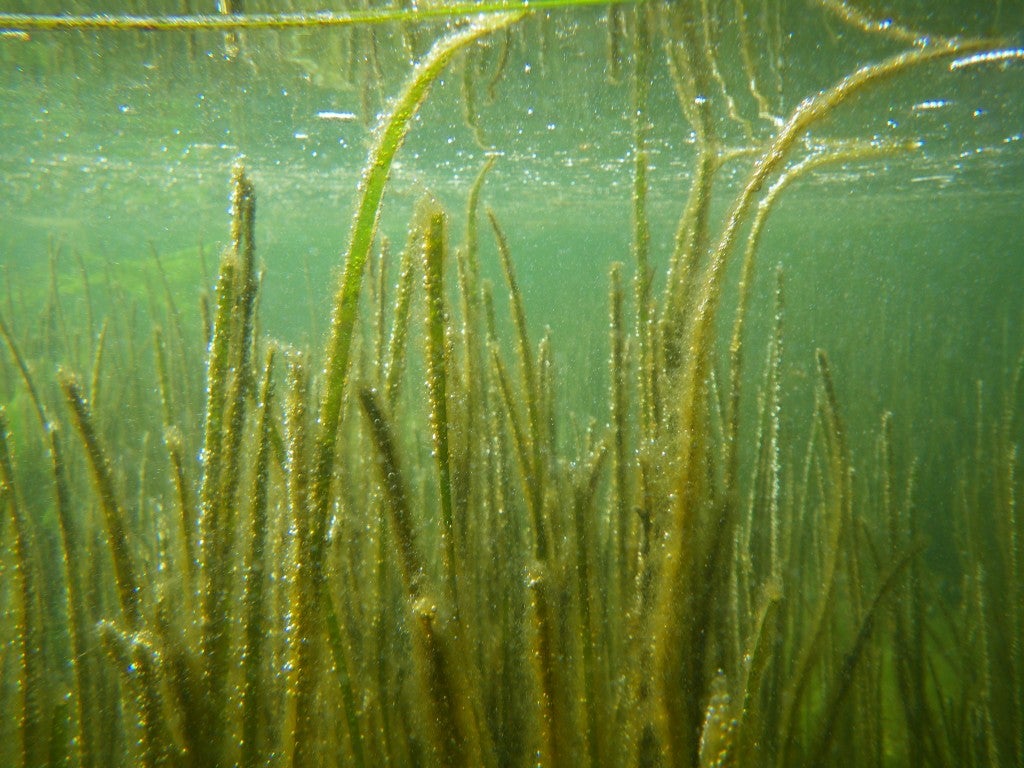Stunning video of what’s directly below the surface of the Barnegat Inlet

Barnegat Bay seagrass. (Image: Gina Petruzzelli)
On any given day during boating season, many mariners relax with their friends near the entrance to the Barnegat Inlet, the linkage between the Atlantic Ocean and the Barnegat Bay that separates Island Beach State Park from Long Beach Island.
It’s likely that most don’t even know what’s directly below them.
Gregg Sakowicz, also known as “Professor Sak” on Facebook, is a Rutgers University researcher who recently conducted a seagrass survey in the area “just inside the inlet.”
Luckily for us, he captured stunning video of his tour through seagrass beds on Wednesday.
“This particular day was one of the clearest (and most enjoyable) I’ve experienced in the decade we’ve been doing this research,” Sakowicz wrote in his blog.
In the video, you’ll see a variety of flora and fauna, including eelgrass, comb jellies, spirorbid worms, sea lettuce, various crustaceans, and atlantic silversides, accoding to Sakowicz.
And you’ll also see bubbles. Lots of bubbles.
“The most amazing thing captured in the video, in my opinion, were the millions of tiny bubbles generated by the seagrass and algae (thanks to an abundance of photosynthesis-driving sunlight and clear water conditions), trapped in the tangle of fine epiphytic algae on the blades of the seagrass and shimmering like diamonds in the sun,” Sakowicz wrote.
“Watching these bubbles rise to the surface reminded me of watching an air stone aerate a fish tank.”
This particular location is a “diamond in the rough,” as it is “one of the very few areas that are routinely [flushed] and renewed by the inlet,” according to the Lavallette resident.
Other areas of the bay are not nearly as healthy, a problem that the researcher is studying.
“The water quality of Barnegat Bay and the health of the seagrass beds residing within it have shown a steady and significant decline since we started this project, which will be included in the report issued at the culmination of this study.”
WHYY is your source for fact-based, in-depth journalism and information. As a nonprofit organization, we rely on financial support from readers like you. Please give today.

